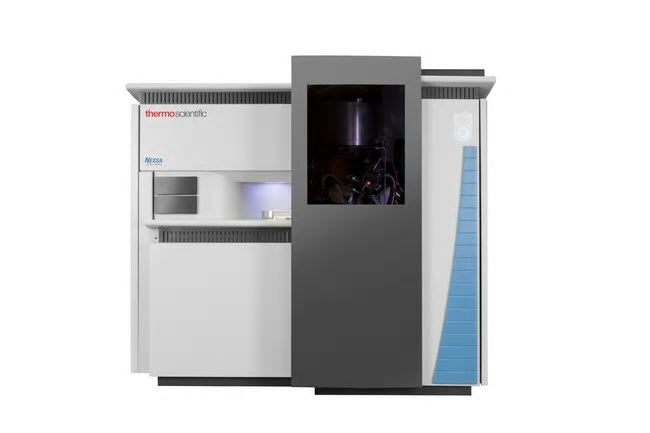
Description
X-ray Photoelectron Spectroscopy is primarily used to probe the bond configurations of atoms in the top 2-10 nm of a thin film specimen. Soft X-ray radiation (from Al and/or Mg sources, need both to distinguish XPS from Auger) is directed at the sample to induce emission of inner shell electrons. Measuring the characteristic kinetic energy of the emitted electrons is used to determine their binding energy and therefore what atom they came from as well as the local bonding scheme.
Capabilities
- Insulator analysis
- High performance spectroscopy
- Depth profiling
- Multi-technique integration
- Dual-mode ion source for expanded depth profiling capabilities
- Tilt Module for ARXPS measurements
- Avantage Software for instrument control, data processing, and reporting
- Small spot analysis
- ISS: Ion scattering spectroscopy is a technique in which a beam of ions is scattered by a surface
- UPS: Ultraviolet photoelectron spectroscopy refers to the measurement of kinetic energy spectra of photoelectrons emitted by molecules which have absorbed ultraviolet photons, in order to determine molecular orbital energies in the valence region
Location: RFM 1202
Manager: Dr. Casey Smith casey.smith@txstate.edu
Model: ThermoFisher Scientific Nexsa X-Ray Photoelectron Spectrometer (XPS)
Donated/funded by: The Materials Applications Research Center (MARC)
